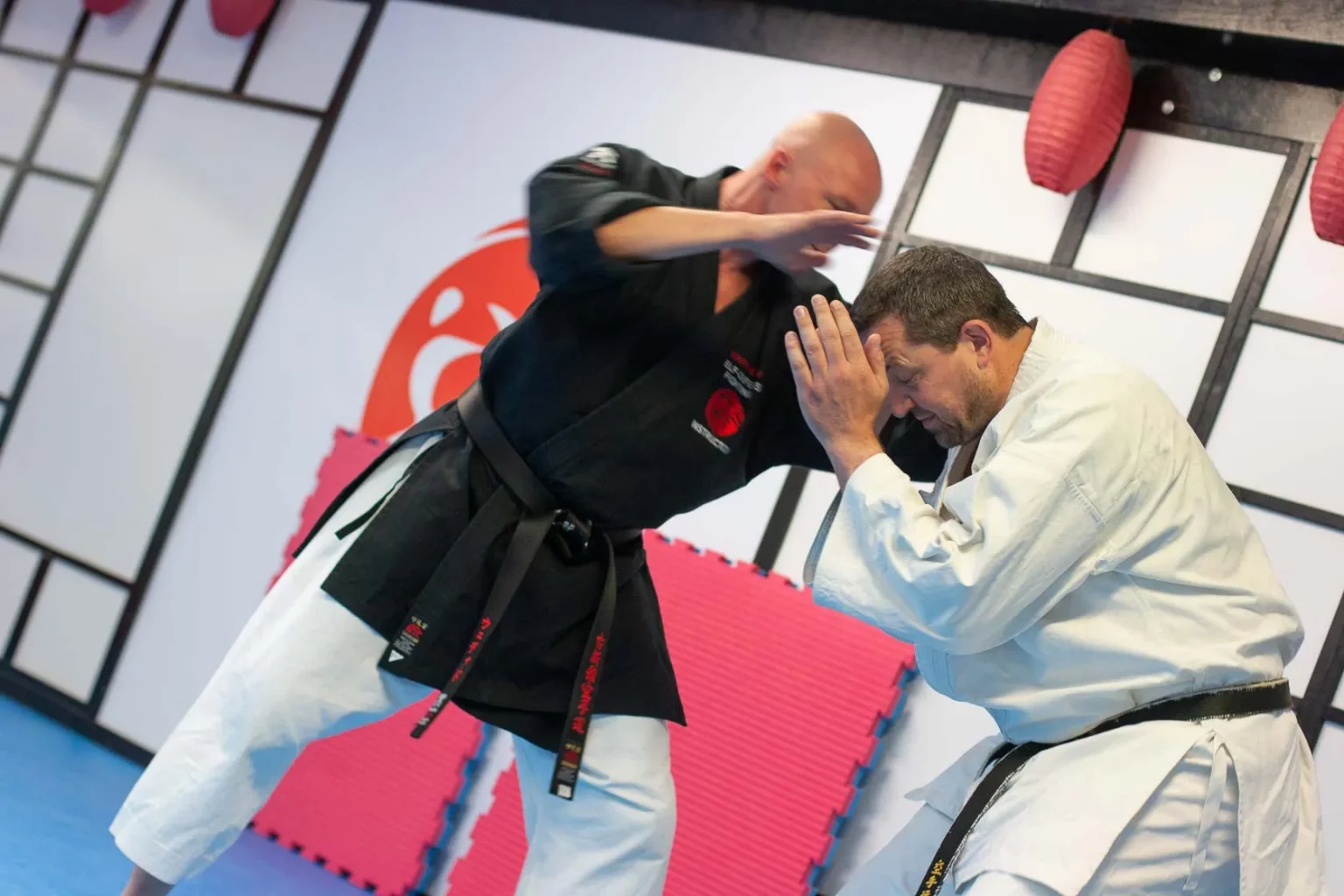Many karateka follow a familiar pattern in their daily training: kihon, kata, kumite – maybe some stretching, and then it’s time to go home. Kata is seen as examination material, bunkai as something you should also know – if only for the next belt test. But this is where the real problem begins. Anyone who treats bunkai as a mere obligation misses one of the greatest opportunities that karate as a martial art still offers today.
Because: Bunkai is not a stylized performance. Bunkai is not about aesthetic form. Bunkai is lived self-defense – and one that is already fully contained in the first katas, the Heian forms. Provided, of course, you understand them properly.
Kata as a notebook – but who’s reading it?
Most karateka learn kata as a movement concept, as a form. The content – that is, the system behind it – often remains hidden. Yet katas are not random sequences. Every technique, every turn, every rhythm has a function. A kata is a notebook that can be read. Provided you know the language.
And that rarely happens in everyday training. Instead, techniques are executed “as prescribed,” as if they were choreographic standards – not tools. In the worst case, this leads to karateka who fight with clean technique but empty meaning. The result is training without connection to reality – or to self-defense.
What if the kata lies?
A widespread misconception is the idea that the direction of movement in a kata always corresponds to the line of attack. This leads to strange partner exercises with unrealistic angles and exaggerated formalism. The truth is much simpler – and far more useful: The direction of the movement indicates the position the defender should take relative to the attacker. Nothing more – and nothing less.
This perspective changes everything. Suddenly, repetitions, directional changes, and even seemingly redundant techniques make sense. They’re not just for drilling, but systematic extensions. What emerges is not a linear technical sequence, but a dynamic, tactically thoughtful self-defense system.
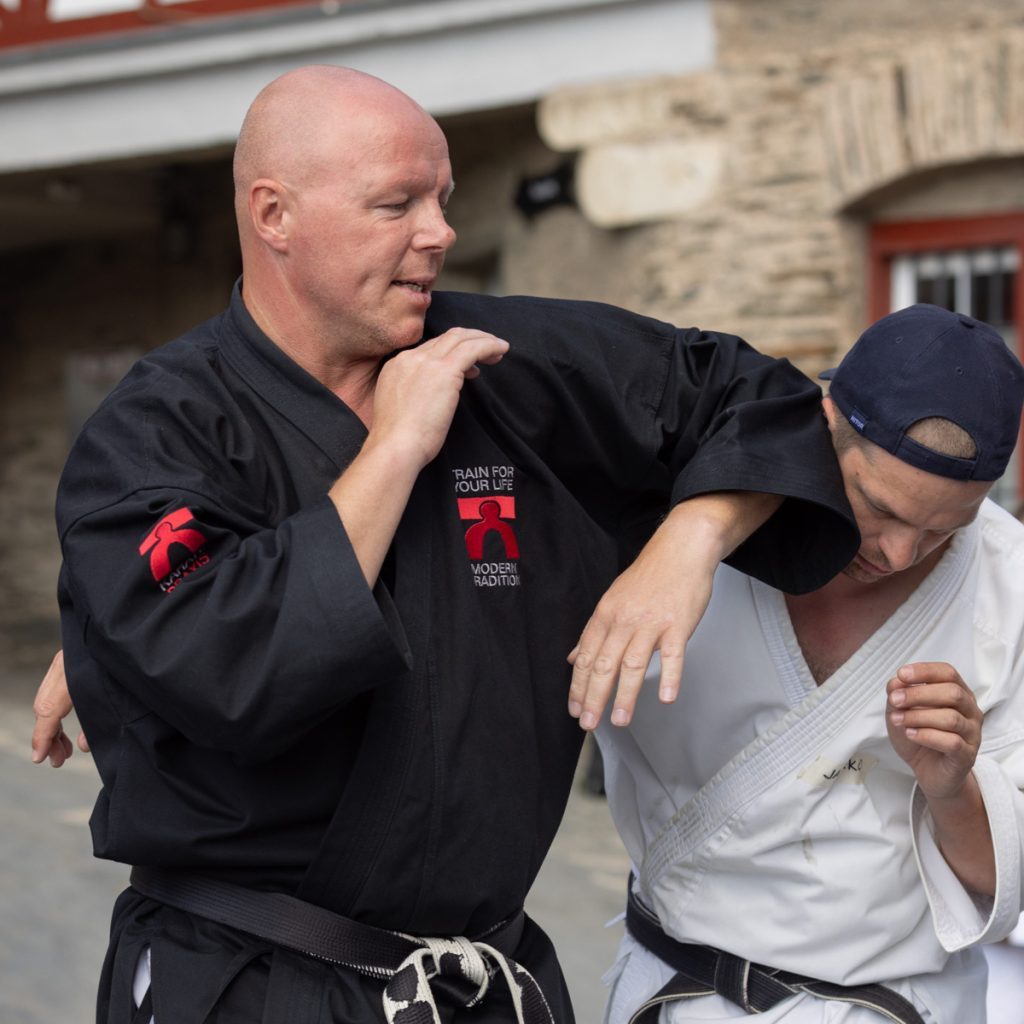
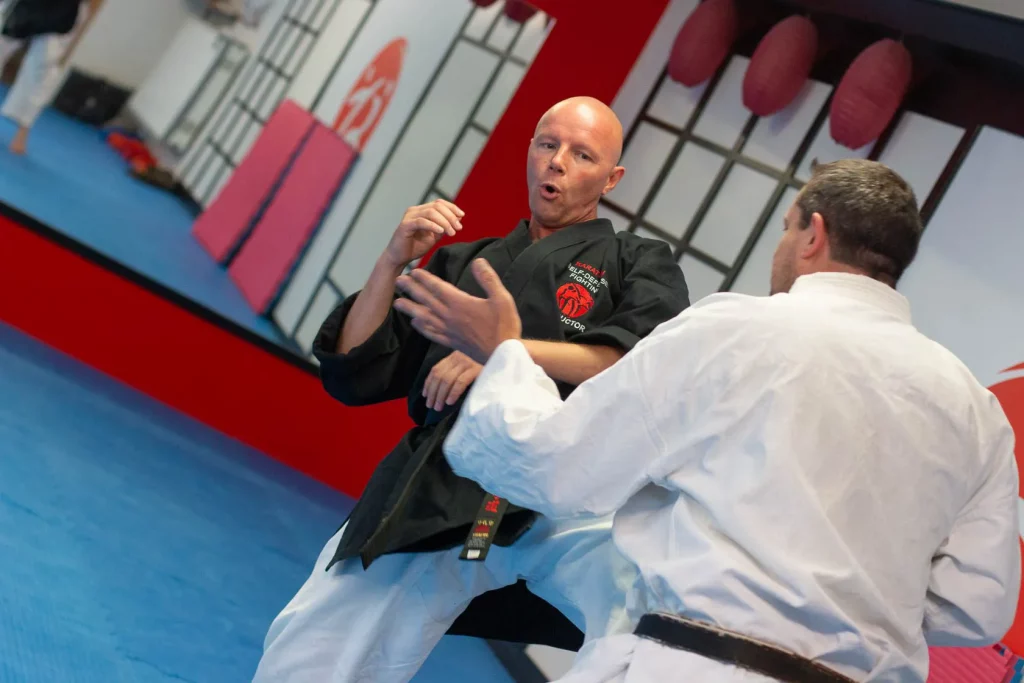

Bunkai must hurt – at least in the mind
Those who train bunkai seriously doesn’t just perform movements – they make decisions. The kata poses questions: What happens if the attack doesn’t come as expected? What if my technique fails? How do I respond to resistance? If you treat bunkai as a fixed application of form, you leave these questions unanswered – and stall halfway.
True bunkai isn’t a matter of skill, but of mindset. It demands understanding, structure, reflection. And it requires that techniques are applied under realistic conditions. Not perfectly. But effectively.
Effektiv-Bunkai – more than a buzzword
Within the Karatepraxis approach, this is called “Effektiv-Bunkai.” It means: Kata techniques are tested under combat-oriented conditions – and adapted where necessary. Not as a free pass to improvisation, but in the spirit of Funakoshi: “The kata must not be changed – but in a real fight, the opposite applies.”
This approach builds a bridge between tradition and reality. Between what was – and what karate can still become today.
If you understand bunkai, you don’t need ten katas
Gichin Funakoshi once wrote: “If you have mastered the first five forms, you will have what is necessary to defend yourself in most situations.”
What he didn’t add: how exactly those five forms should be mastered. And that is the key.
Because if you really understand the Heian-Kata-System you don’t see five separate katas – you see a learning system. Each form builds on the previous one, expands the range of actions, and demands new decisions. The techniques of the first kata are not outdated by the second – they are enriched, linked, and combined. This leads to a deeper understanding of combat – not a growing list of unrelated techniques.
Seminar, not textbook
Of course, there’s a lot to write about bunkai. But real understanding comes only through practice. And that’s exactly why our seminars are structured the way they are.
No external demonstration. No stage presentation. Instead: partner work. Technique, tactics, transfer. Question, apply, fail, improve. Karate as a true learning system – not a show.
The Heian katas are not just a checklist. They’re a structured tool for building action competence – and they work. But only if you’re willing to view them beyond the conventional.
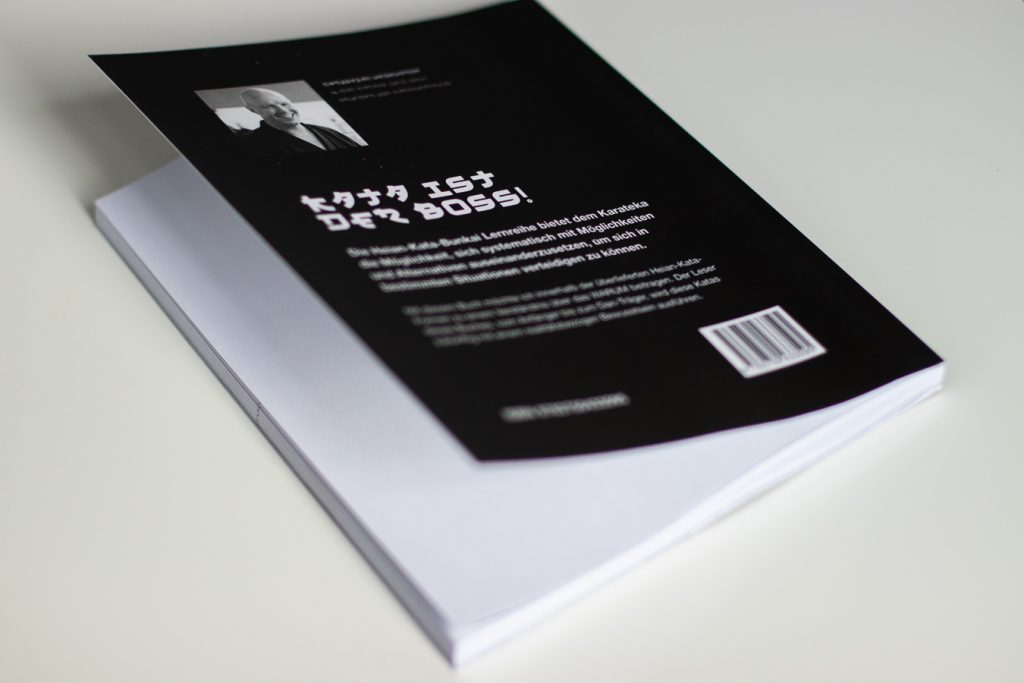
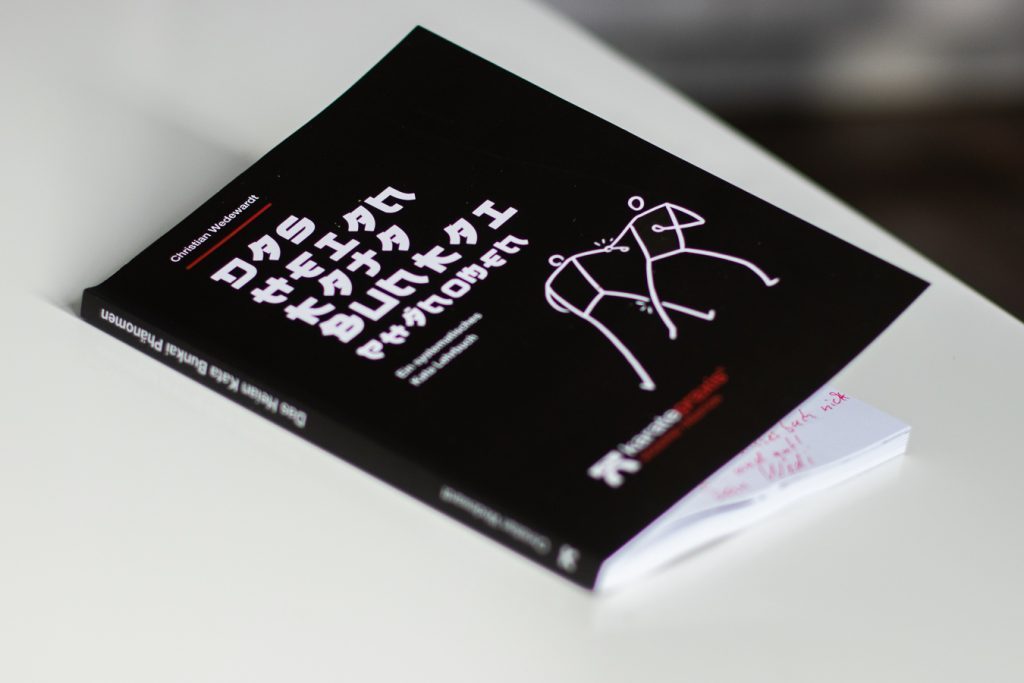
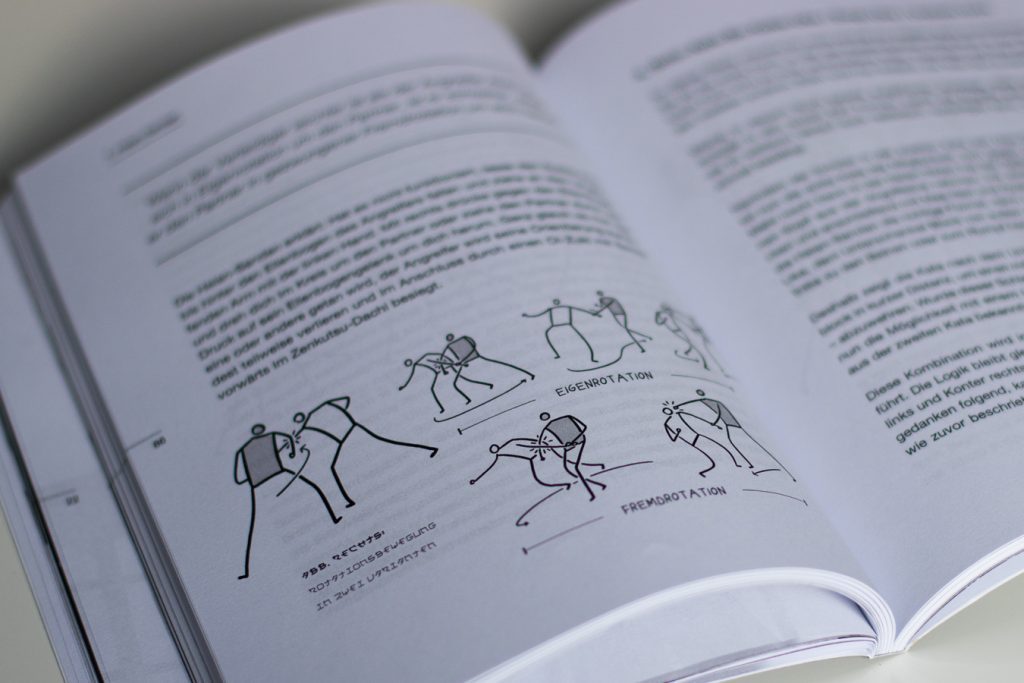
Who should attend?
Everyone who senses in training that “there must be more to this.” Everyone who sees karate as a tool for self-protection – not as choreography for a grading. And everyone willing to rethink their karate from the ground up.
Dates and Information
If this speaks to you, you’ll find all upcoming seminars and events at: Seminars and Events The system is in place. The knowledge is there. Now the only thing missing – is your decision to use it.

